Fragaria iinumae is a species of strawberry plants that have garnered some curiosity recently. I’m not quite sure why the sudden interest, but it may be helpful for some to have a summary profile of this species of strawberry plants. So, for the curious among us, here goes!
Unlike the modern Garden Strawberry (Fragaria x ananassa) which, if propagated by seed, do not produce second generation plants whose traits are true to the parents, Fragaria iinumae is a strawberry plant species whose offspring will remain true to the parent plants’ characteristics. The bigger problem is that those characteristics are not very desirable.
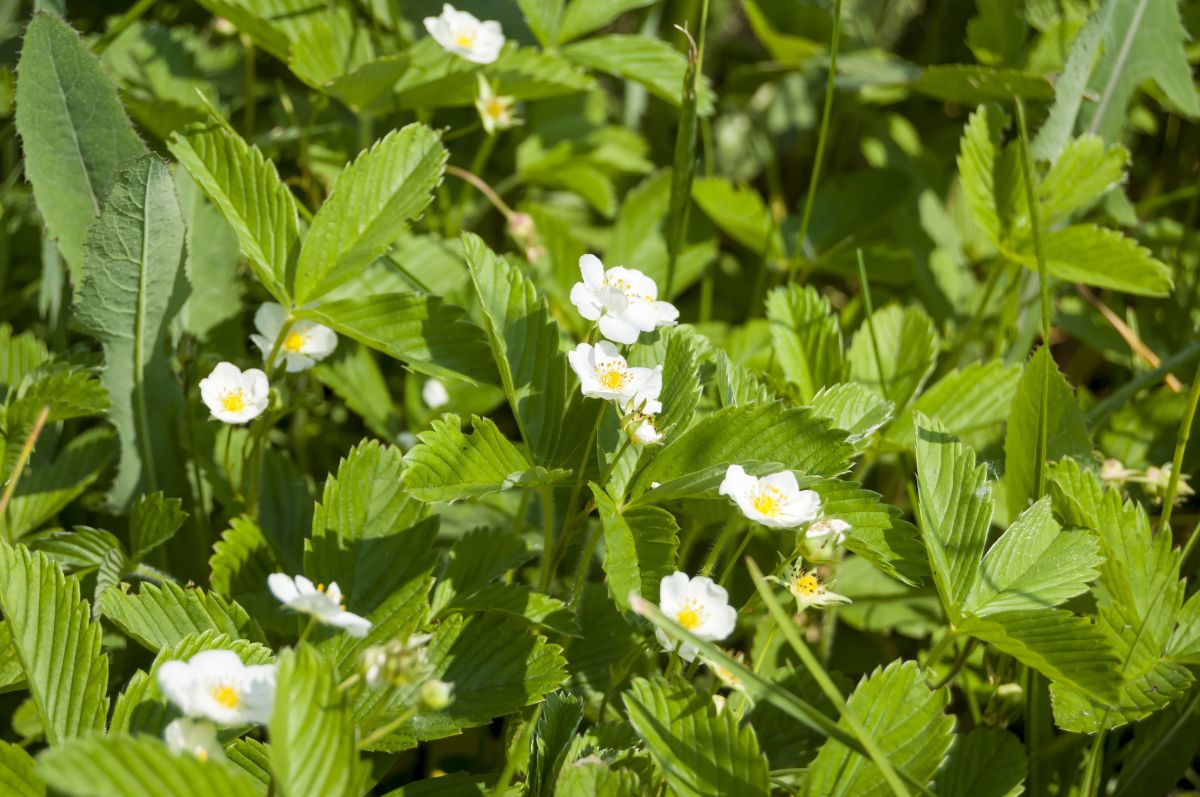
The F. iinumae strawberries are quite small and have a flavor that is mediocre at best. Its native habitat is central and northern Japan. Due to the small size of the strawberries, their relatively poor flavor profile, and the minimal commercial value of growing the strawberry plants, it is unlikely that they will replace the more modern, highly-developed strawberry species any time soon.
Characteristics of Fragaria iinumae
F. iinumae strawberry plants are quite versatile. They can grow in partial shade or full sun and are found in the alpine and sub-alpine regions of Japan. While this strawberry species requires moist soil conditions like most other strawberries, it can grow well in heavy, clay-rich soils as well as light sandy soils and medium loamy soils. And, while it prefers slighty acidic soils, Fragaria iinumae can even grow well in slilghtly alkaline soils. Its typical maximum growth is about 0.3 meters or 1 foot.
The plants also have few uses since the strawberries are usually well under one inch in size. The berries can be eaten, and young plants can be added to soups. Otherwise, the functionality of these strawberry plants is currently limited to decorative purposes.
Growing F. iinumae Strawberry Plants
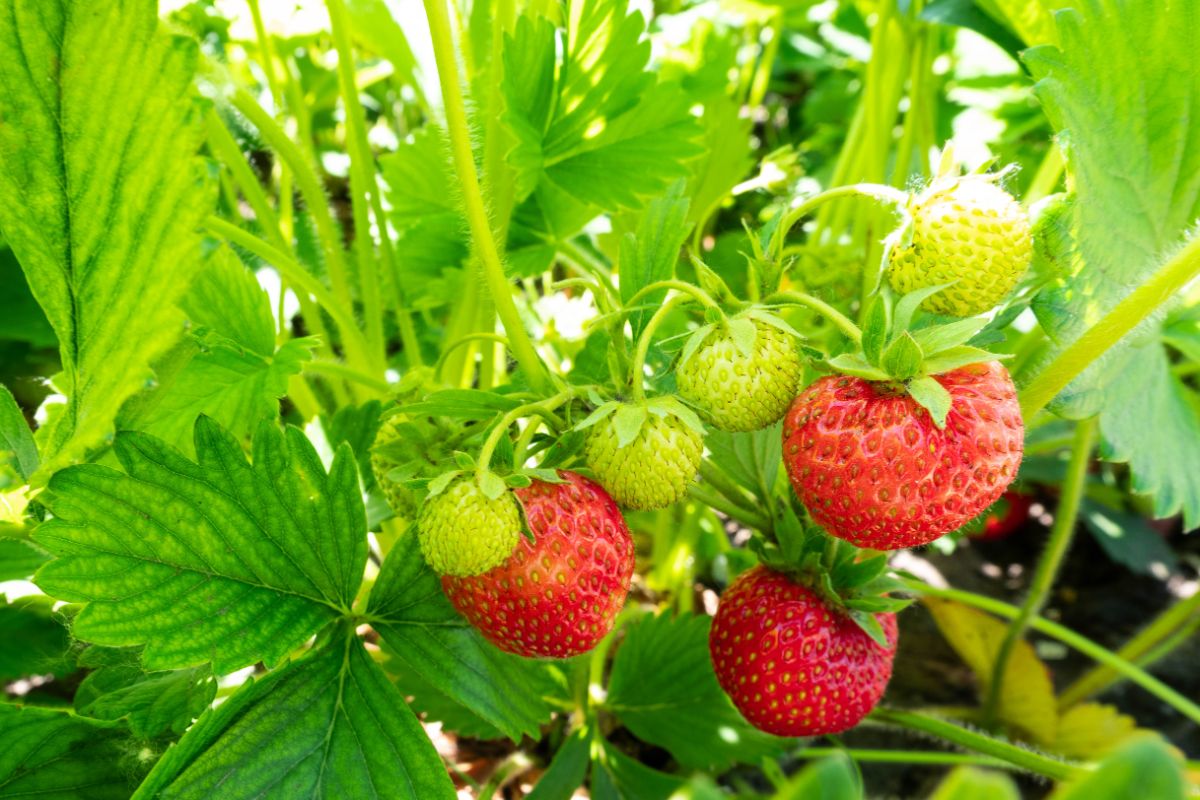
Fragaria iinumae plants can be propagated easily by its strawberry seeds or by runner division. To propagate by seed, the seeds should be sowed in early spring in a greenhouse or other suitable environment. Germination rates vary, but it is common for the seeds to take four or more weeks to germinate. New seedlings are exceedingly small and grow quite slowly. However, as their size increases, so does their rate of growth. When they are large enough to handle, transplant individual plants into pots. Plant them outside during the summer.
Propagation of strawberry plants by runners should be done in July or August. This allows the runner plants to establish themselves prior to winter. If needed, the established plants can be carefully transplanted the following spring, but it is best to prevent the plants from fruiting during their first full growing season to encourage plant vigor and increase the size of subsequent harvests. This is accomplished by pinching off any of the strawberry flowers that are produced.
Fragaria iinumae Strawberry Plants: Conclusion
There are currently no commercial distributors of F. iinumae. To get them, one would likely have to find them in the wild or locate a specialty dealer. If a specialty dealer exists out there somewhere, let me know, and I will include his information here! Currently, the limited uses of this strawberry species and the presence of numerous superior and readily-available modern strawberry varieties make the demand for F. iinumae almost nonexistent.
For a directory and more information on strawberry cultivars, visit this directory: Strawberry Varieties

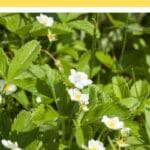

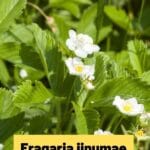
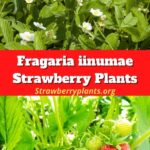
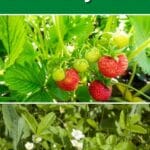

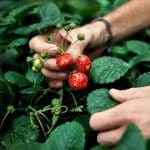
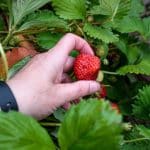

Carmen
I recently saw hundreds of plants at Bunnings Stores Australia
Mr. Strawberry
Carmen,
Thanks for the tip!
Sarah Mitchell
I was the lucky recipient of a small hanging basket of this variety of strawberry for my Mother’s Day gift.
After reading your description, my hopes were dashed for future propagation for this lovely little plant. But, it’s the thought that counts, right?
My real reason for wring is to let you know that this little gem was purchased at Walmart , so maybe they are more widespread since your post.
Mr. Strawberry
Sarah Mitchell,
Fantastic! I knew Wal-Mart sold multiple Fragaria varieties, but I didn’t know that they carried F. iinumae. That’s great!